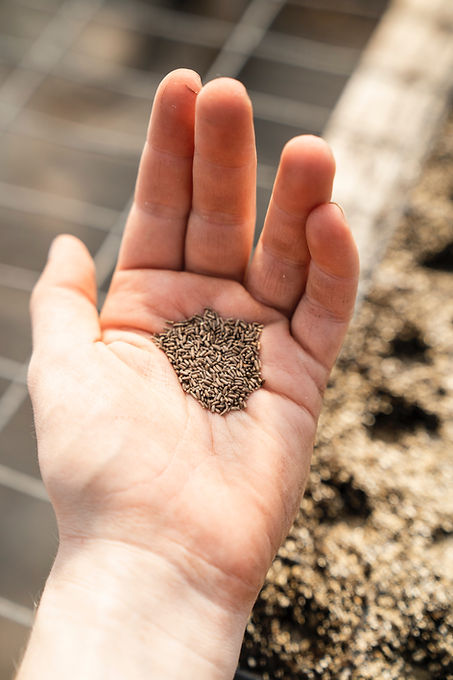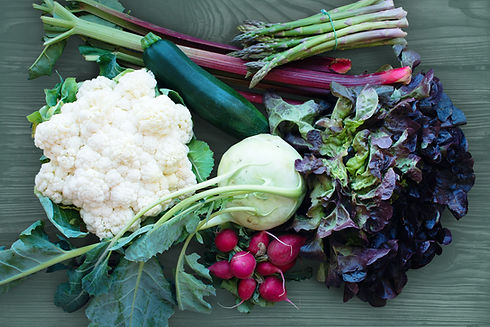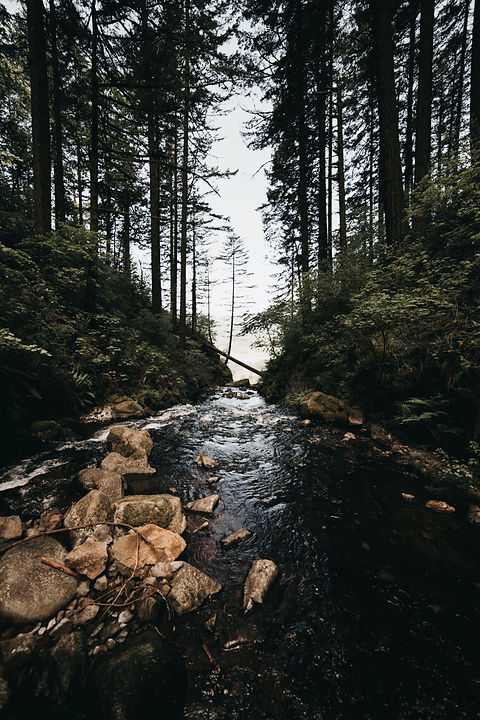What is permaculture?
Permaculture (perma meaning permanent and culture from agriculture, thus permanent agriculture) originaled in Australia by Bill Mollison and David Holmgren. It is a way to intentionally design landscapes and environments in ways that mimics natural eco-systems and patterns whilst also producing food and energy for people and communities.
Adapted from www.permacultureprinciples.com

Earth care
rebuild nature, care for the ecosystem
The earth is an ecosystem. Without on-going care, the earth will be irrevocably damaged. We cannot drink polluted water, breath polluted air or eat food from polluted soil. Earth care comes in many forms, whether that be repairing the soil damaged by pollution or unsustainable farming, volunteering for for bush care to re-establish balance in eco systems, boycotting companies producing unsustainable products or engaging in activism to stop climate change.
Care for earth happens in daily life, whether that be by composting and returning to the soil, bush care, engaging with local city council about environmental issues, using reusable shopping bags or campaigning for companies to stop producing products with unsustainable packaging, it is all earth care.
Permaculture ethics

Earth care
rebuild nature, care for the ecosystem
The earth is an ecosystem. Without on-going care, the earth will be irrevocably damaged. We cannot drink polluted water, breath polluted air or eat food from polluted soil. Earth care comes in many forms, whether that be repairing the soil damaged by pollution or unsustainable farming, volunteering for for bush care to re-establish balance in eco systems, boycotting companies producing unsustainable products or engaging in activism to stop climate change.
Care for earth happens in daily life, whether that be by composting and returning to the soil, bush care, engaging with local city council about environmental issues, using reusable shopping bags or campaigning for companies to stop producing products with unsustainable packaging, it is all earth care.

People care
care for self, family and community
Just as nature is an ecosystem, so too, are the social words we live in. Human beings are social by nature. We are interdependent and there can't be self-isolating or indulgence if we are to save the planet. Self-sufficiency is a harmful myth as we are all interdependent in one way or another. We must care for and be compassionate towards our fellow human beings. People cannot reach their full potential if they live in poverty, are oppressed or exploited so people care must also include fighting for social justice along side a sustainability. Self-care is also part of people care. Self-care is an a revolutionary act, a form of political warfare against those who would rather we did not exist.
It took me a long time to learn and not feel guilty about self-care as I was burning out from volunteering too much of my time and working full-time. I still volunteer, I just set reasonable limits.

Fair share
one world, one people
Consumer capitalism is unsustainable and unfair. The planet has a finite amount of resources which should not be concentrated in the hands of the top 5%. Consumption of the top 5% is unsustainable and gained through the labour of others. We should share what we have and only take what we need. If you grow more than you can eat, give it away to someone who needs it. Share your knowledge and skills with others. If your have surplus money, donate to a worthy cause.
The 12 Permaculture Principles
The below was adapted from permacultureprinciples.com
I explore in brief what the principles are and how they apply to practicing permaculture in an apartment
Principle 1 - Observe and interact
“Beauty is in the eye of the beholder”
Step back and look and observe what is going on. Observing how much sun I get on my balcony determines what I can grow. Is your balcony on the 6th floor and windy and will that destroy your cherry tomatoes? These are things you need to observe to make a plan for you balcony. Perhaps you there are pests coming to eat your mint, why is that the case and what can you do about it? That's why you observe before you rush into action. Observe what is going on then interact accordingly.

Principle 2 - Catch and store energy
“Make hay while the sun shines”
You will have abundance of food and herbs at times like in spring and summer and your winter harvests are likely to be small. Catch and store what you can. i store seeds my plants by allowing some to fully go to seed and so i create my on varieties more suited to my balcony over time and sow them in the next season. I make oven dried tomatoes with my excess tomatoes or picked cucumbers and store them for later use. Catch and store rain water if you can to use later. I catch and store the energy from the sun with solar lights for my balcony.

Principle 3 - Obtain a yield
“You can’t work on an empty stomach”
There is no point in creating garden if you do not obtain a yield whether that be food, joy or beauty. You will be so satisfied with the sweetness of a strawberry or cherry tomato grown on your balcony compared to those from a supermarket. Delight in the rewards of your labour and if you have excess, practice fair share.

Principle 4 - Apply self-regulation & accept feedback
"Accept mistakes, learn and change accordingly"
Sometimes you get it wrong or your plants fail to thrive due to pests. Whilst frustrating, it is important to learn from this and apply new ways of doing things. I've got it wrong many times. The negative feedback from my crops was often slow to show and I didn't observe closely enough. I've had to think about all the different unsustainable things I do and purchase and change.

Principle 5 - Use & value renewable resources & services
"Make the best use of nature’s abundance to reduce our consumptive behaviour and dependence on non-renewable resources
Not relying on finite resources like fossil fuels is a challenge but we can all do our part and demand services and businesses do to. Although you cannot put solar panels and batteries on your roof in an apartment, you can buy electricity from a certified renewable provider. You can use a bike or public transport and other services such as ethical banking and superannuation/pension funds that only invests in renewables and ethical investments. As Captain Planet would say, “the power is yours”!

Principle 6 - Produce no waste
“Waste not, want not.”
All things around us cab have or a use, we just have to work it out how to use it.
This can be hard gardening on a balcony as you often have to bring in outside resources such as soil which comes in plastic which you can’t put into recycling here in Australia. Some major supermarkets do have a plastics recycling bin which gets turned into public furniture which you can put these plastics into. I also compost my waste in my ‘in container’ worm farms.

Principle 7 - Design from patterns to details
“Can’t see the forest for the trees”
We have to look at the big picture before we go about doing things. This is why it is so important to plan and design in permaculture practice. Look at patterns in nature and replicate them. This can include understanding different layers and parts of a food forest and layering your planter pots heights accordingly. You can create an herb spiral on an apartment balcony by layering and playing the pots together in a spiral with the hot climate ones on taller pots or on stands and the ones that prefer damp low light on the side or at the bottom. Understanding the patterns of nature will help you get the best outcome.

Principle 8 - Integrate rather than segregate
“Many hands make light work”
This can be one of the hardest principles to apply on a balcony. We tend to plant one single plant her planter pot. You can plant flowers in the same pot as your herbs, and herbs under your dwarf fruit trees. I have miniature carnations in the same pot as my parsley and snapdragons, wormwood with my basil and lemon thyme with my dwarf kumquat tree. The flowers attract bees which in turn pollinate your veggies. Some herbs repel pests from your crops while others attract them need protection from other companion plants. Companion planting helps us to ensure beneficial relationships and guilts between plants like the Native American sister planting. Separating plants will only spell disaster, especially once the pests set in!

Principle 9 - Use small and slow solutions
“The bigger they are, the harder they fall.” “Slow and steady wins the race.”
If we try to change a system too much all at once, we can upset the balance. Too much intervention can mean lots of change, often in ways we did not expect and not all major interventions are for the best. We need to make small and sustainable changes. Don’t try and live like a hermit tomorrow and annoy your partner, make changes steadily. Don’t try implement your entire dream life or design all at once, otherwise you will miss things and forget to observe and interact. Slow and steady wins the race!

Principle 10 - Use and value diversity
“Don’t put all your eggs in one basket”
If you observe ecosystems, you will notice a variety of plants and animals. In your garden, it is important to promote diversity. If you only grow cucumbers in summer and they are attacked by whitefly and caterpillars, you will have no yield. If you planted cucumbers and zucchini, you might just have zucchinis rather than no yield. If you didn’t have bee attracting plants like salvias to help pollinate, you might not have any yield. Try different varieties in your garden planters. For example, you might not be able to grow Dutch carrots but you can grow Paris Market carrots.

Principle 11 - Use edges and value the marginal
"The interface between things is where the most interesting events take place"
If you observe nature, you will see very interesting things along natural edges and contours. They can be the most productive areas, For example, strawberries originally grew on the edges of the forest. You can notice edges on your balcony; where the sun just reaches over your balcony railing, the edge of the railing itself. The edges of society can be where new social norms develop for society at large. Take advantage of the edges, you might just be surprised what you can grow along neglected edges and in corners.

Principle 12 - Creatively use and respond to change
“Vision is not seeing things as they are but as they will be”
We know that we must adapt to climate change just as much as the need to understand the need to understand change in the seasons for our garden. We need to adapt and change what we do for the different season. Things will change over time and so we must adapt to become truly sustainable.

